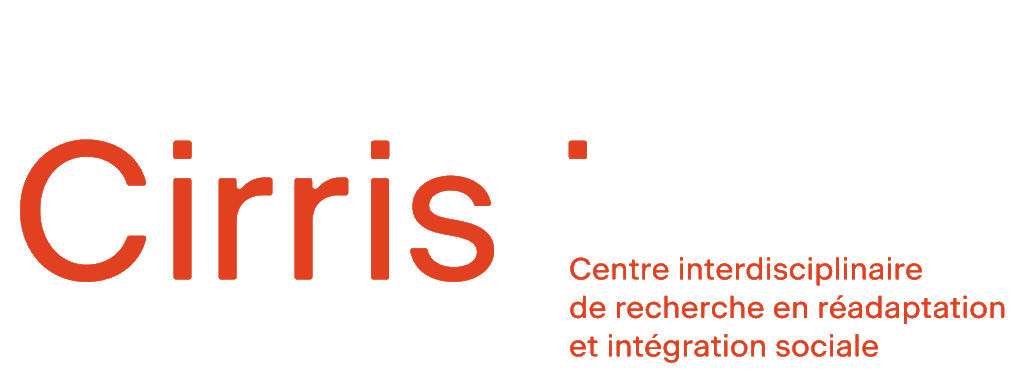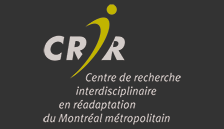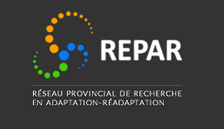English subtitles available
- 16 experts were mobilized to answer the questions of the community and to share good practices, tools, and good practices for successful partnerships.
- 9 researchers and doctoral students from McGill University, University of British Columbia, Université Laval, Université de Trois Rivières, and research centers like Cirris and CRIR
- 6 partners (Observatoire québécois du loisir, former peer integration councellor MEMO-Qc, Spinal Cord Injury BC, Association TCC des deux rives, Axelys, Umano-Stratégie conseils)
- 3 themes:
-
- Participatory research,
- Partnership,
- Communication and results
- 18 videos to help individuals and teams who want to start a participatory project with and for people with disabilities.
The themes were developed following a consultation with the communities of the four organizations* carrying out this project, conducted in the fall of 2021.
Intended Audience?
These videos are intended for anyone interested in participatory research, whether or not it is conducted with and for people with disabilities.
What you will find
- answers, in short videos
- experience sharing
- concrete examples
- tools
- solutions
And,
- Motion design in bilingual content
- French and English subtitles
- Quebec Sign Language version
- French and English Text versions
- A glossary about participatory research
*This project is the result of collaboration between Société Inclusive, Participation sociale et villes inclusives’ team , the Centre de recherche interdisciplinaire en réadaptation du Montréal métropolitain, and Unité de Soutien SSA-Québec.

Detailed description
These 18 video vignettes are a set of frequently asked questions that aim to inform individuals and teams wishing to set up a participatory research project with and for people with disabilities.
- Participatory research
These 4 interviews, between a researcher and a partner, offer a general introduction to the subject of participatory research and provide answers to the following questions
- What is participatory research? What can it do for me?
- What issues can be addressed by a participatory research project?
- Why is it called “participatory” research?
- What are the main stages of a research project?
- The partnership
6 researchers and 4 partners share their tips and tricks for establishing and executing the participatory research partnership. Questions covered include:
- How do you identify the right research user when you want to establish a partnership?
- How to establish and decide on the roles and responsibilities of each member of the partnership?
- How can you establish a research partnership that is meaningful, avoids tokenism, and focuses on shared decision-making?
- How can I verify that the partnership is meaningful and collaborative?
- What are winning practices in partnership research?
- What are some ways to ensure that a partnership is beneficial to its parties?
- How can we help organizations and individuals make their partnership more successful?
- Why is participatory research more time-consuming?
- Communication and dissemination of results
4 capsules to optimize the dissemination of results in the research community and in the field and 2 to address the marketing of good ideas!
- How can we really preserve knowledge through the transfer of skills and data?
- When a project is completed, how can we make the results known to promote them?
- How can we find the right media to ensure that the results are transmitted and easily accessible to the different stakeholders?
- How to ensure that knowledge transfer is done properly?
- How to determine if the projects have a real market potential?
- What are the legislative rules to take into account for an optimal knowledge transfer?




